
| The center of Rome's historical district is the Piazza Venezia just north of the Capitoline Hill. There stands a public monument that has received mixed reviews during its whole lifetime. The Monument to Victor Emmanuel II, the first king of a unified Italy was completed in 1935 under the Fascist regime. The initial planning had started back in 1885. Many people ridiculed the building for its pomposity and for its role in causing an historical area on the Capitoline to be demolished to provide a place for it. It has been dubbed "the wedding cake" and "the typewriter" and a few other names. |
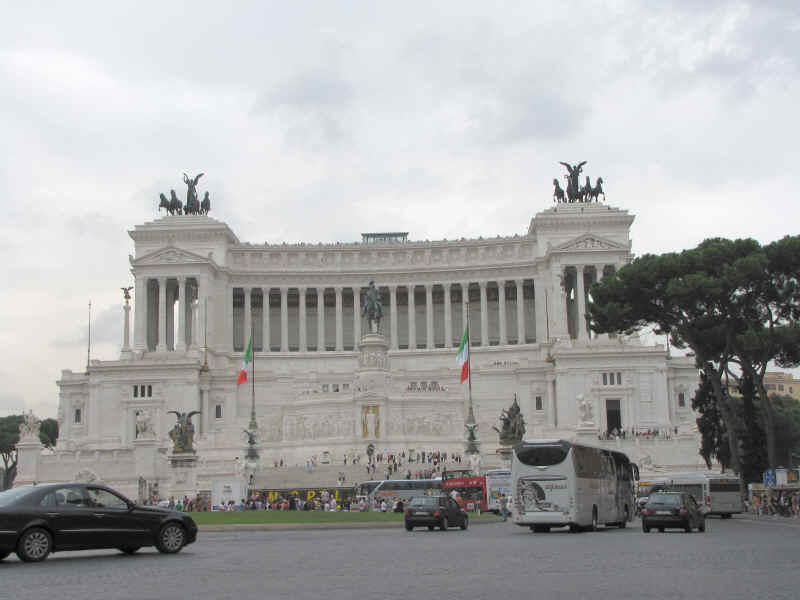 |
| Victor Emmanuel II reigned over Italy from 1861 until his death in 1878. Prior to that, he was King of Sardinia and a few other segments of Italy. He came to be regarded as the Father of the Fatherland. The building is also a monument to the unification of Italy and houses several museums of the reunification period as well as the Tomb of the Unknown Soldier of World War I. |
|
|
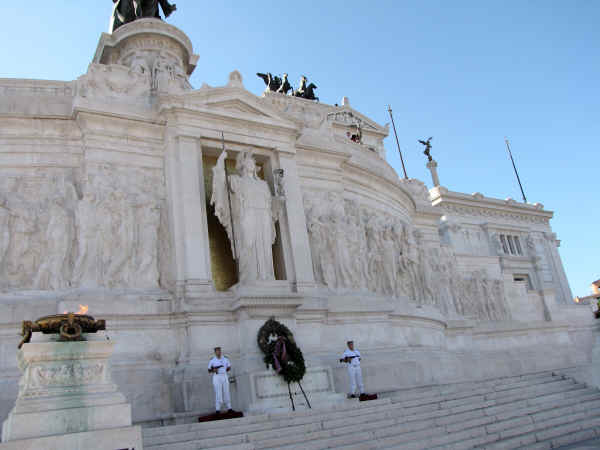 |
|
|
 |
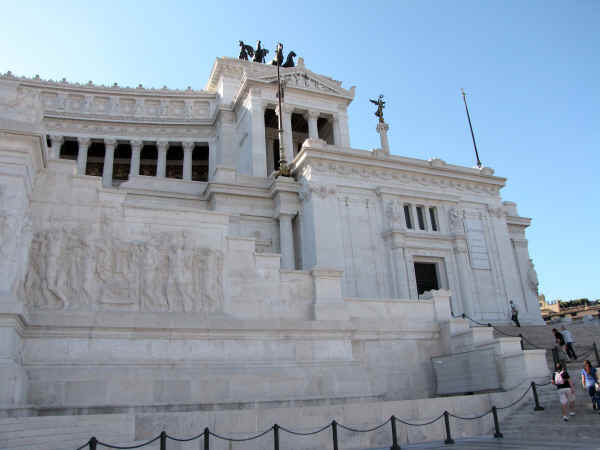 |
|
|
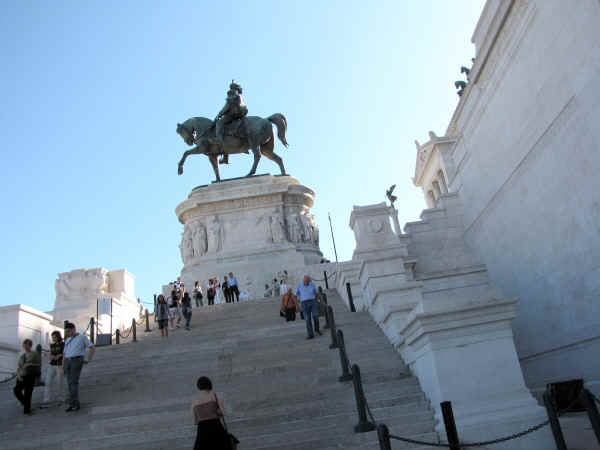 |
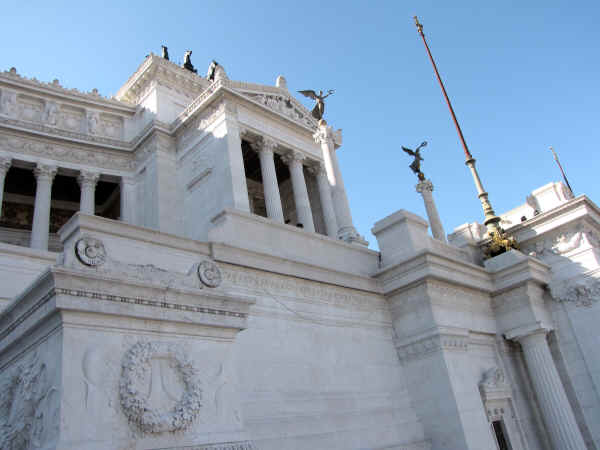 |
|
|
 |
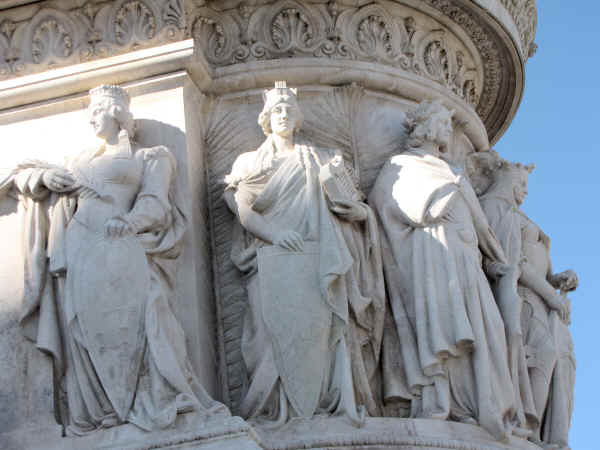 |
|
|
 |
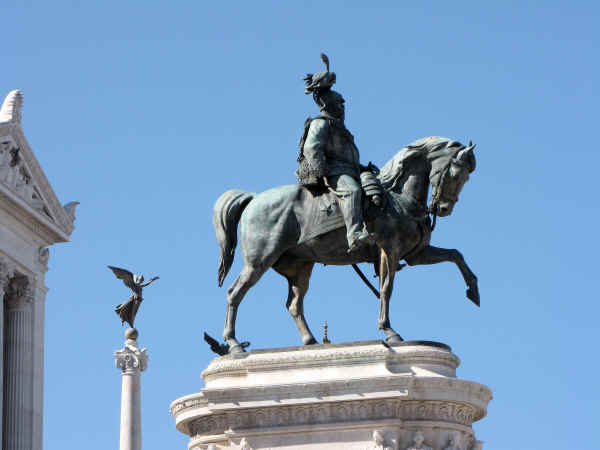 |
|
|